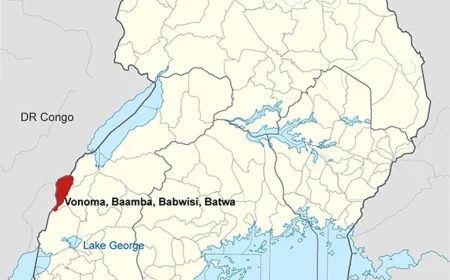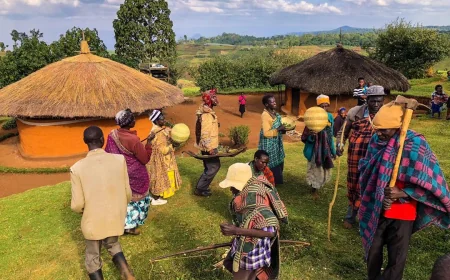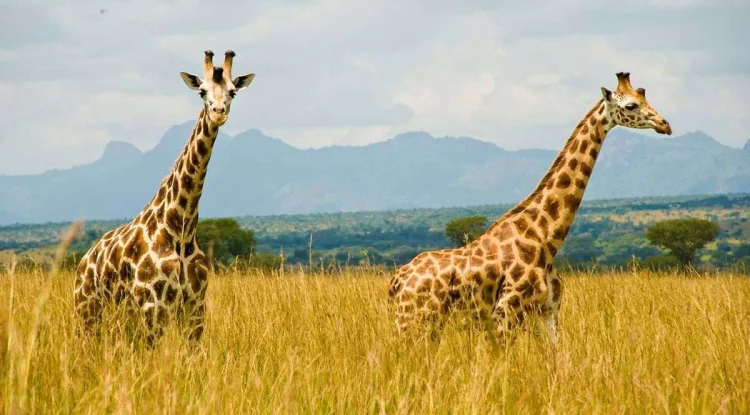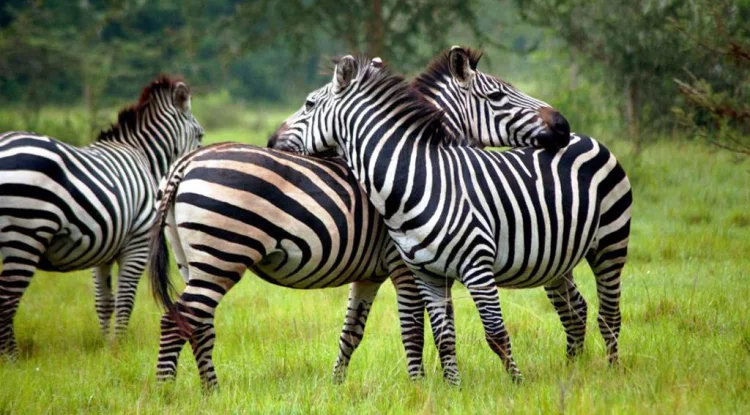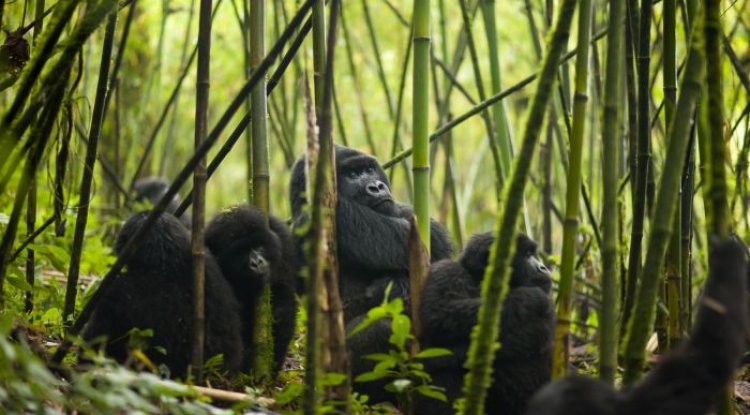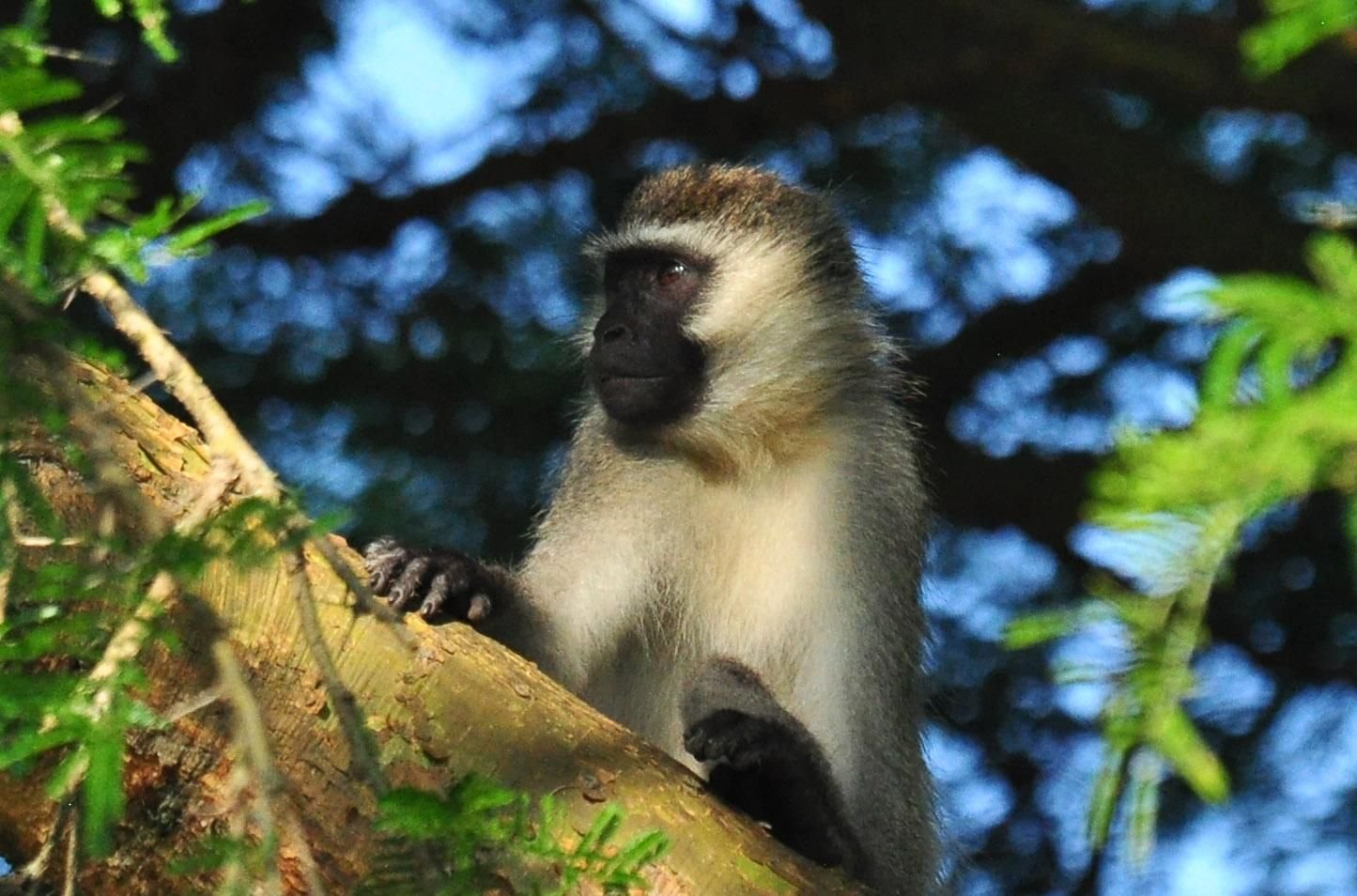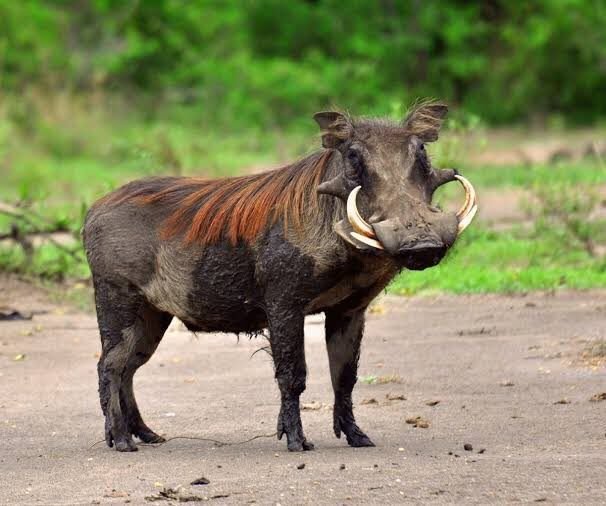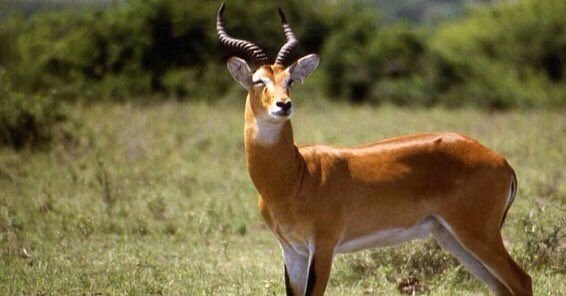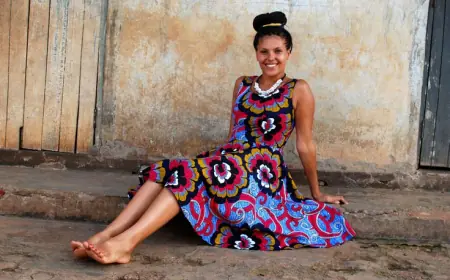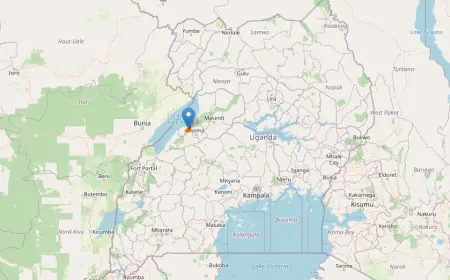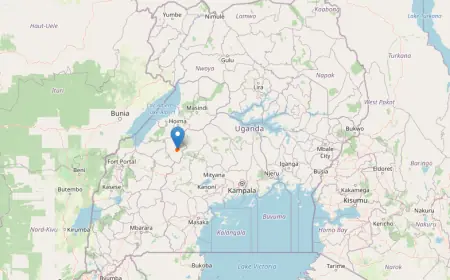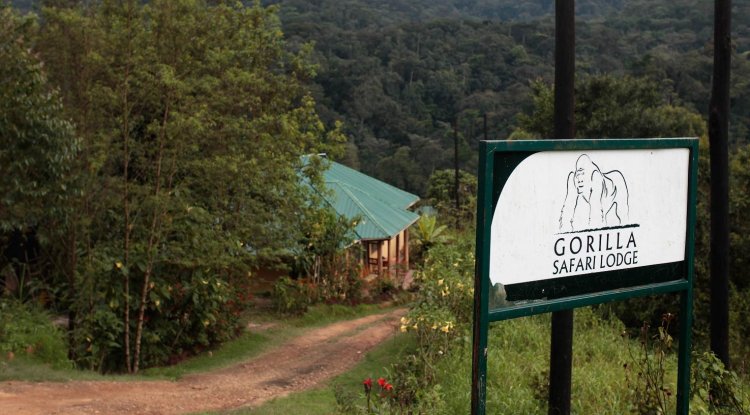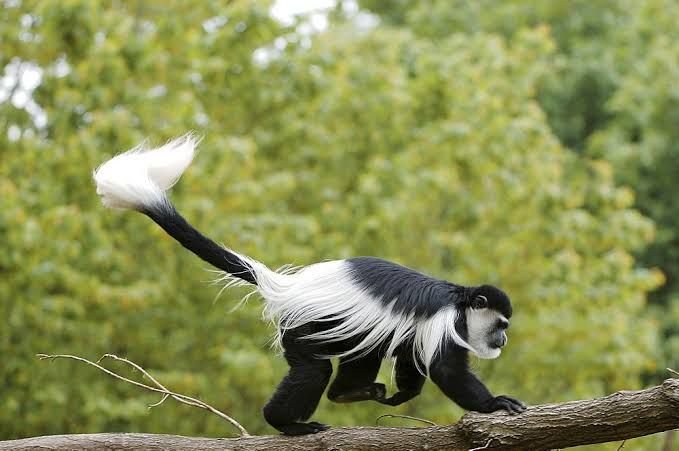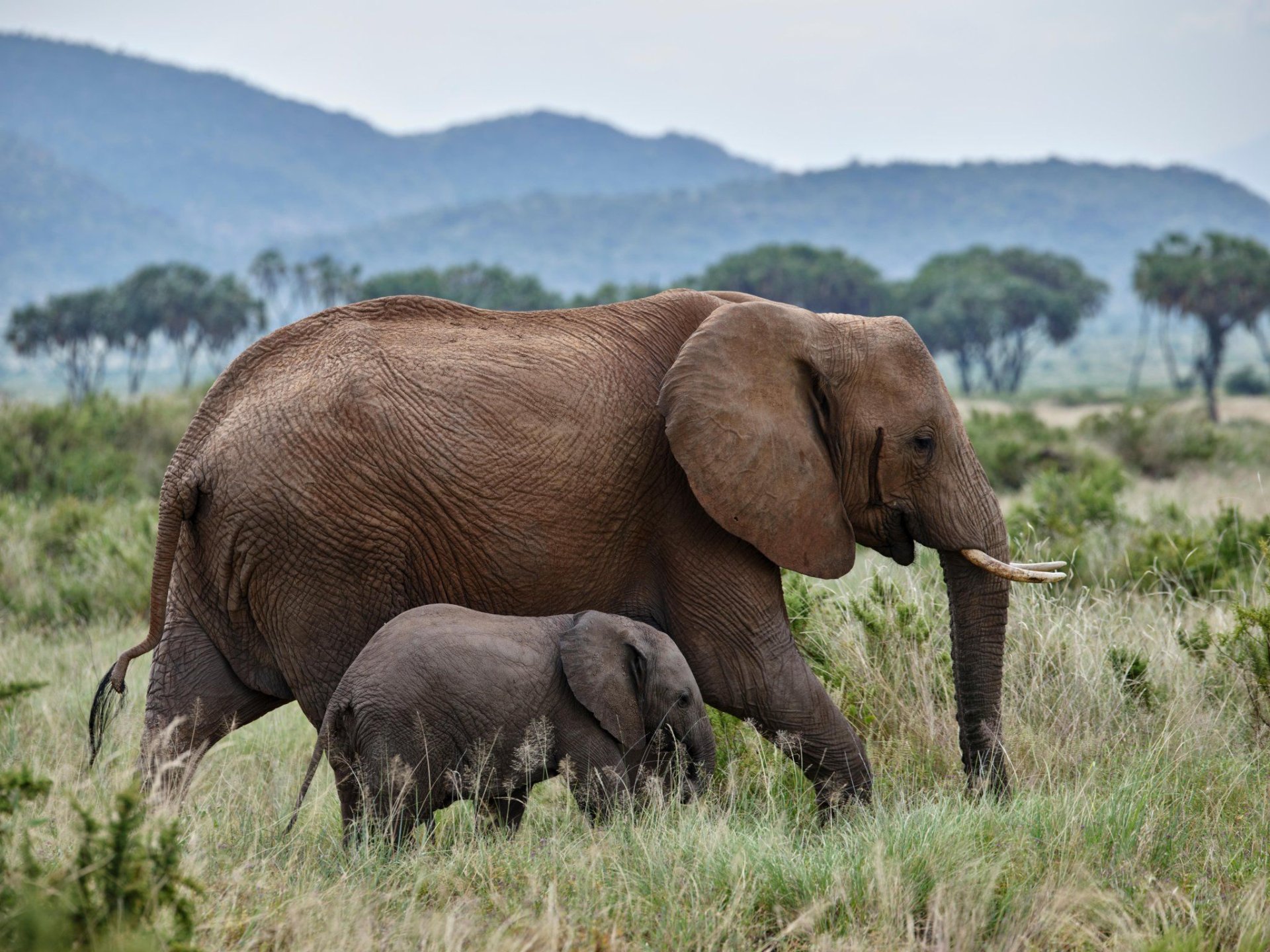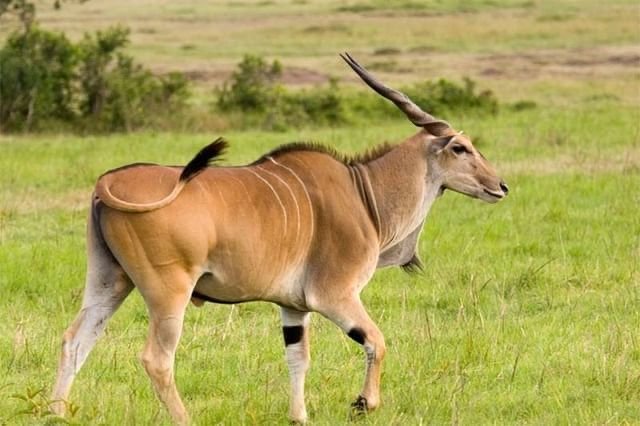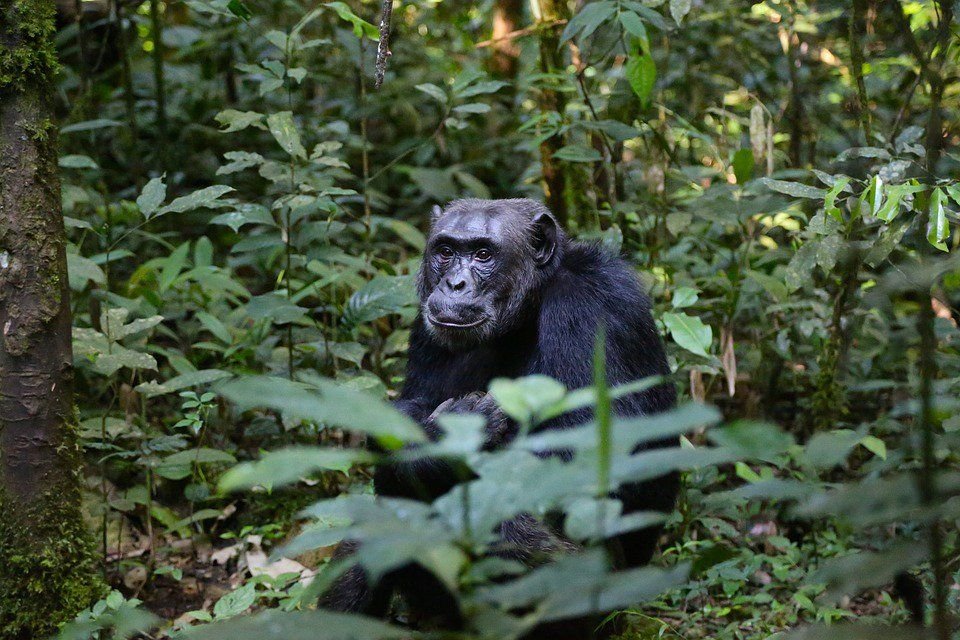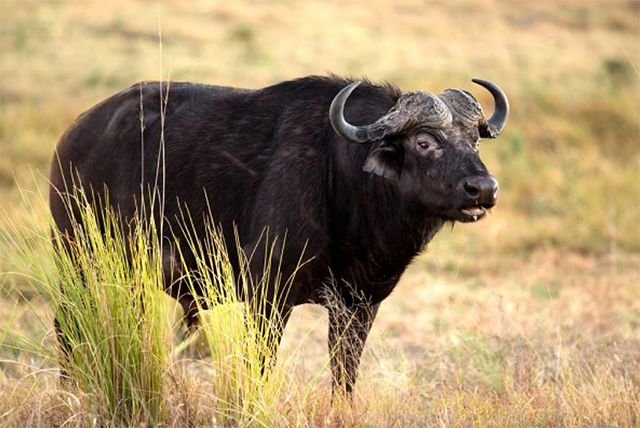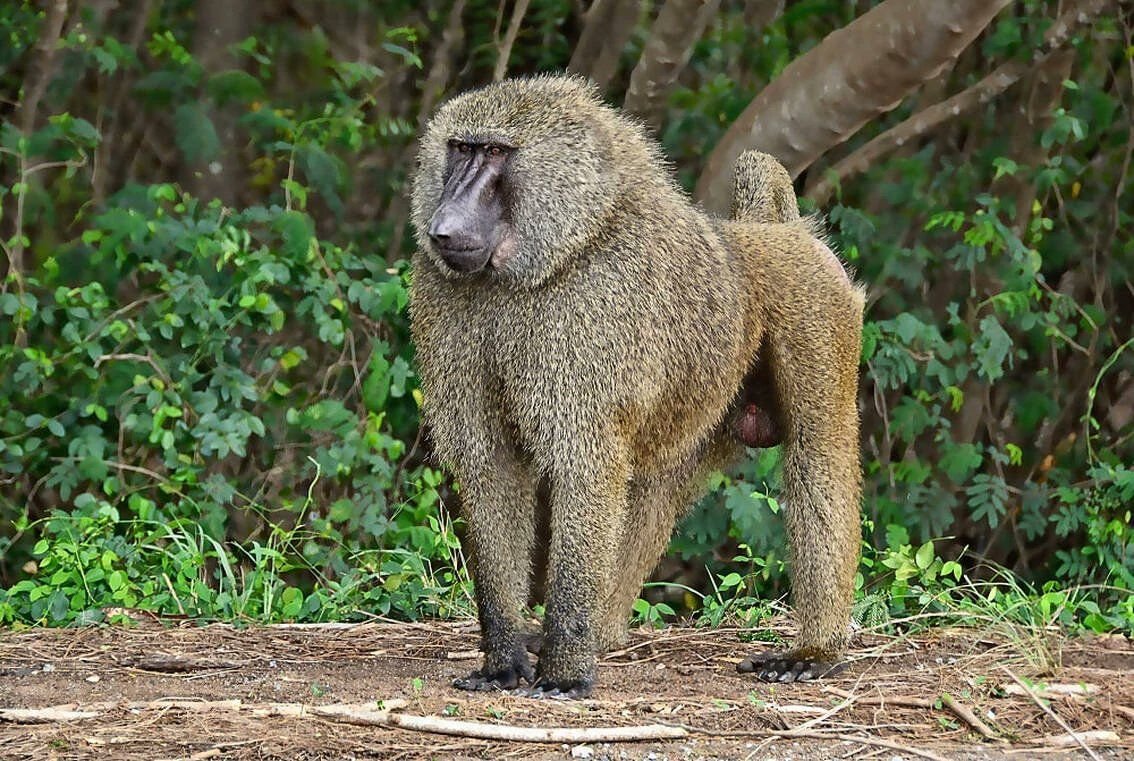Bush baby
The bush baby, commonly known as the galago, is a small nocturnal monkey that spends the majority of its time in woodland areas. It has large saucer eyes, collapsible ears that swivel independently like radar, and an exceedingly long tail.
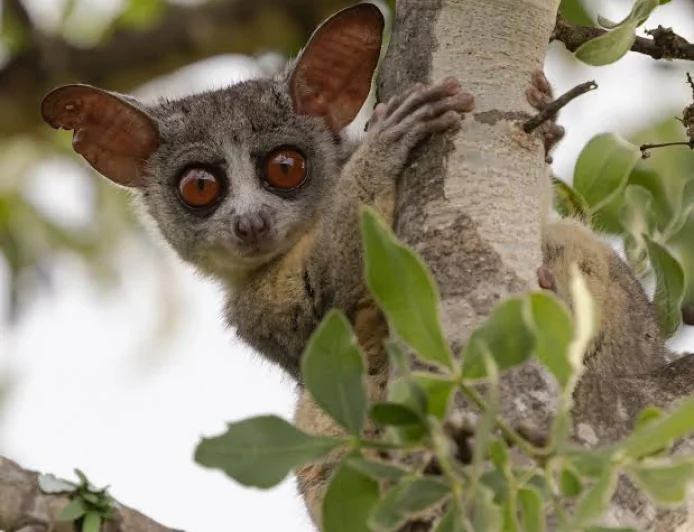
Small nocturnal primates belonging to the family Galagidae, galagos are also known as bush babies or nagapies (meaning "night monkeys" in Afrikaans). They are indigenous to continental, sub-Saharan Africa. Some sources claim that the term "bush baby" refers to the animal's screams or its appearance.
In addition to other traits like strong hind limbs, acute hearing, and long tails that aid in balance, bush babies have huge eyes that give them good night vision. They can track insects in the dark because of their bat-like hearing. They either grab insects out of the air or catch them on the ground. They are swift and nimble animals. They tuck their tiny ears back to shield them as they bound through the dense foliage. As they relax, they fold as well. With the exception of the second toe of the rear foot, which has a grooming claw, they have nails on the majority of their digits.
Bush baby behaviour
In general, the galago's social structure includes elements of both gregarious and solitary living. This is evident in their play. They swing from branches or ascend high to toss objects. Play fighting, play grooming, and follow-play are all examples of social play. Two galagos jump and chase each other through the trees during following-play. The senior galagos in a group prefer to sleep alone, whilst the younger galagos are constantly in contact with one another. Grooming is an essential component of galago life. They frequently groom themselves prior to, during, and after rest. Males in the group are more likely to engage in social grooming.
Bush baby reproduction
Young galagos are born with half-closed eyes and are unable to walk about independently after a gestation period of 110–133 days. After a few days (6–8) of nursing, the mother carries the newborn in her mouth and places it on trees. Females who have singletons, twins, or triplets may become violent. Each newborn is less than half an ounce in weight. The infant is kept in constant contact with the mother during the first three days. The mother feeds the young for six weeks before they can feed themselves at two months. The children grow quickly, causing the mother to walk awkwardly as she transports them.
Bush baby Diet
Their diet consists of insects and other tiny animals, as well as fruit and tree gums.
Where to see bush babies in Uganda.
There are at least 20 species of bush baby, five of which are present in Uganda, with the smaller bush baby (Galago senegalensis) being the most frequent. In Kibale and Bwindi Impenetrable National Parks, we have observed the eastern needle-clawed bushbaby (Galago inustus), Thomas's bushbaby (Galago thomasi), and dwarf bushbaby (Galago den'tidovii). Queen Elizabeth National Park also has a dwarf bush baby.
What's Your Reaction?
 Like
0
Like
0
 Dislike
1
Dislike
1
 Love
1
Love
1
 Funny
0
Funny
0
 Angry
0
Angry
0
 Sad
0
Sad
0
 Wow
0
Wow
0

